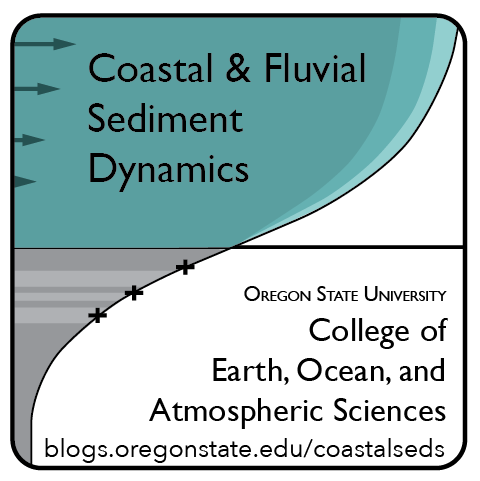Our group studies processes of sediment transport and rates of deposition and accumulation across the river / continental shelf / slope continuum. Our work is interdisciplinary (at the intersection of marine geology, sedimentology, coastal oceanography, and some coastal engineering/technology development) and we use a variety of tools common to oceanographers, geochemists, and geologists. Many of our projects are presently based in the Arctic, but we work in diverse landscapes include temperate estuaries and continental shelves.

In a big-picture view, we are interested in learning how sediments derived from terrestrial landscapes are transported through coastal, continental shelf, and continental slope environments. The present time in earth’s history is an exciting period of rapid change, and we have the opportunity to observe those changes during our lifetimes and careers in places like the Arctic. We also live in a time of exceptional access to technology. A major goal of our group is thus finding ways to leverage new and/or low-cost sensor technology to study how patterns of sediment transport and deposition presently operate and how they are changing (for example, in response to declining sea ice and increasing wave energy in the Arctic).
More details about our lab members and current projects are available through the menu in the upper right corner.











Our logo is a near-bed boundary layer above a seabed isotope profile
